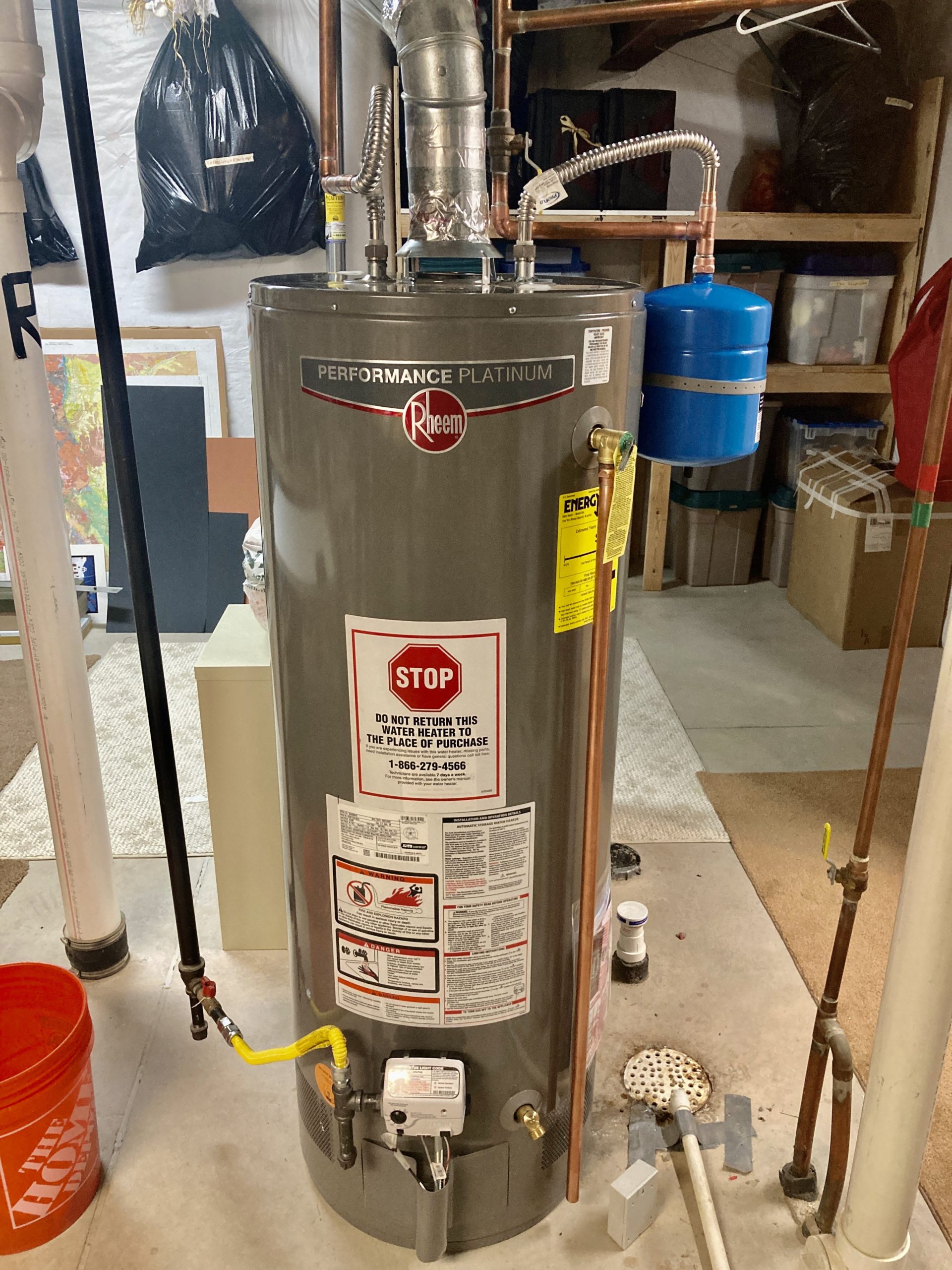This great article following next about How to Maintain Your Water Heater & Prolong its Life is pretty much entertaining. Try it and draw your own personal findings.

Hot water is important for everyday convenience, whether it's for a refreshing shower or washing meals. To guarantee your warm water system runs efficiently and lasts longer, routine upkeep is essential. This post supplies functional pointers and insights on how to preserve your home's hot water system to prevent disturbances and pricey repairs.
Introduction
Maintaining your home's hot water system may seem challenging, but with a few simple actions, you can guarantee it runs efficiently for several years to come. This overview covers every little thing from understanding your hot water system to do it yourself upkeep pointers and recognizing when to call in professional aid.
Relevance of Keeping Your Warm Water System
Normal maintenance not only expands the life-span of your hot water system but also guarantees it runs effectively. Neglecting upkeep can cause reduced efficiency, greater power expenses, and even early failing of the system.
Signs Your Warm Water System Demands Maintenance
Knowing when your warm water system needs focus can stop major problems. Look out for signs such as irregular water temperature level, odd noises from the heater, or corroded water.
Flushing the Water Heater
Purging your hot water heater eliminates sediment build-up, improving performance and extending its life.
Monitoring and Changing Anode Rods
Anode rods prevent deterioration inside the container. Examining and replacing them when broken is vital.
Complicated Concerns Needing Professional Assistance
Examples consist of significant leaks, electric problems, or if your hot water heater is continually underperforming.
Regular Professional Upkeep Perks
Professional upkeep can consist of comprehensive examinations, tune-ups, and guaranteeing compliance with safety and security requirements.
Inspecting and Changing Temperature Settings
Changing the temperature setups guarantees optimal efficiency and safety.
Do It Yourself Tips for Maintenance
You can execute a number of upkeep tasks yourself to maintain your hot water system in leading condition.
Looking for Leaks
On a regular basis examine pipelines and connections for leakages, as these can lead to water damages and higher expenses.
Understanding Your Hot Water System
Prior to diving into upkeep tasks, it's practical to understand the fundamental components of your warm water system. Typically, this includes the hot water heater itself, pipes, anode rods, and temperature level controls.
Monthly Maintenance Tasks
Normal monthly checks can assist catch minor concerns before they intensify.
Testing Pressure Alleviation Valves
Examining the stress relief valve ensures it operates correctly and stops too much pressure build-up.
Insulating Pipes
Insulating hot water pipelines lowers warmth loss and can save energy.
When to Call a Professional
While DIY upkeep is advantageous, some problems need expert experience.
Conclusion
Regular maintenance of your home's hot water system is vital for effectiveness, durability, and expense financial savings. By adhering to these pointers and recognizing when to look for specialist aid, you can ensure a trustworthy supply of warm water without unexpected disruptions.
How to Maintain an Instant Hot Water Heater
Before tinkering with your hot water heater, make sure that it’s not powered on. You also have to turn off the main circuit breaker and shut off the main gas line to prevent accidents. Also turn off the water valves connected to your unit to prevent water from flowing into and out of the appliance. 2. When you’re done, you have to detach the purge valves’ caps. These look like the letter “T†and are situated on either side of the water valves. Doing so will release any pressure that has accumulated inside the valves while at the same time avoid hot water from shooting out and burning your skin. 3. When the purge valves’ caps are removed, you have to connect your hosing lines to the valves. Your unit should have come with three hoses but if it didn’t, you can purchase these things from any hardware or home repair shops. You can also get them from retail stores that sell water heating systems. Read the user’s manual and follow it to complete this task properly. When the hosing lines are connected, open the purge port’s valves. 4. You should never use harsh chemical cleaners or solutions when cleaning your unit. Make use of white vinegar instead. It should be undiluted and you’ll probably use about 2 gallons. 5. Now flush your water heater. This task should probably take about 40 minutes. We can’t give you specific directions for this because the procedure is carried out depending on the type, model and brand of your heater. With that being said, refer to the user’s manual. 6. When you’re done draining the unit, you have to turn off the purge port valves again. Remove the hosing lines that you earlier installed on each of the water valves. Put the valve caps (purge port) back in their respective places and be very careful so as not to damage the rubber discs that are found inside these caps. 7. Now that everything’s back in place, check your user’s manual again to find out how to reactivate your water heating system. 8. Once it is working, turn one of your hot water faucets on just to let air pass through the heater’s water supply pipes. Leave the tap on until water flows smoothly out of it. https://www.orrplumbing.com/blog/2014/september/how-to-maintain-an-instant-hot-water-heater/

We had been brought to that editorial about What Kind of Maintenance Do Water Heaters Need? from someone on our other web page. Liked our content? Please share it. Let other people check it out. We take joy in reading our article about Tips For Maintaining Your Hot Water Heater.
Article